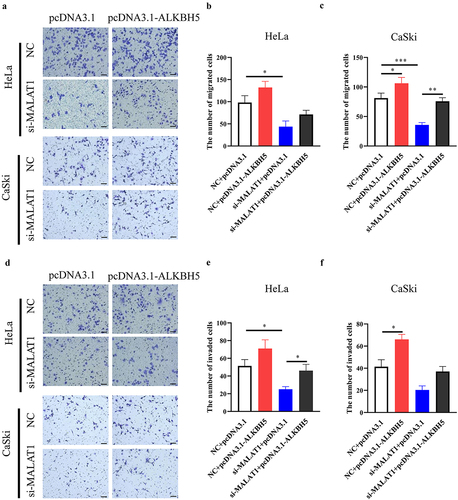Figures & data
Figure 1. Expression and effect of MALAT1 on cervical cancer cells in vitro.
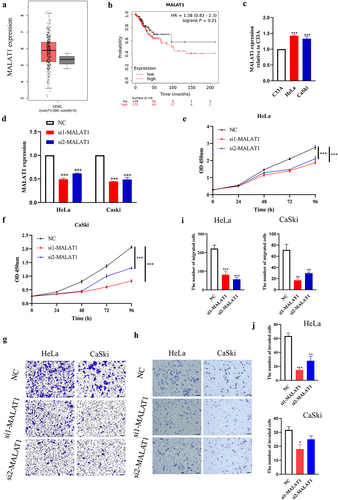
Figure 2. Effect of MATAL1 knockdown on cell proliferation and metastasis in vivo.
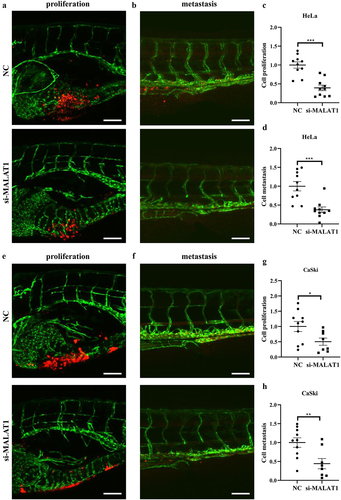
Figure 3. Effect of MATAL1on ALKBH5 expression in HeLa and CaSki cells.
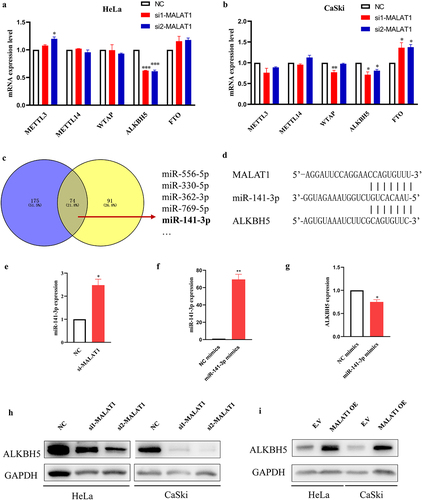
Figure 4. Effect of ALKBH5 on proliferation, migration and invasion in HeLa and CaSki cells.

Figure 5. Effect of ALKBH5 on cell proliferation and metastasis in vivo.
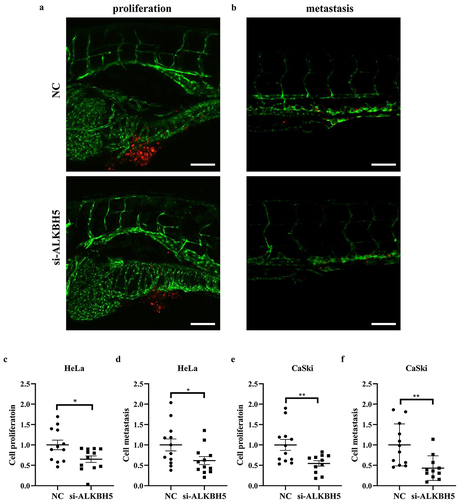
Figure 6. Effect of the MALAT1-ALKBH5 axis on MMP2 and MMP9 expression.
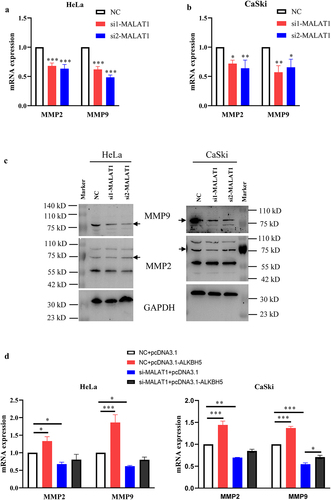
Figure 7. Effect of ALKBH5 on suppression of cell migration and invasion by silencing MALAT1.
